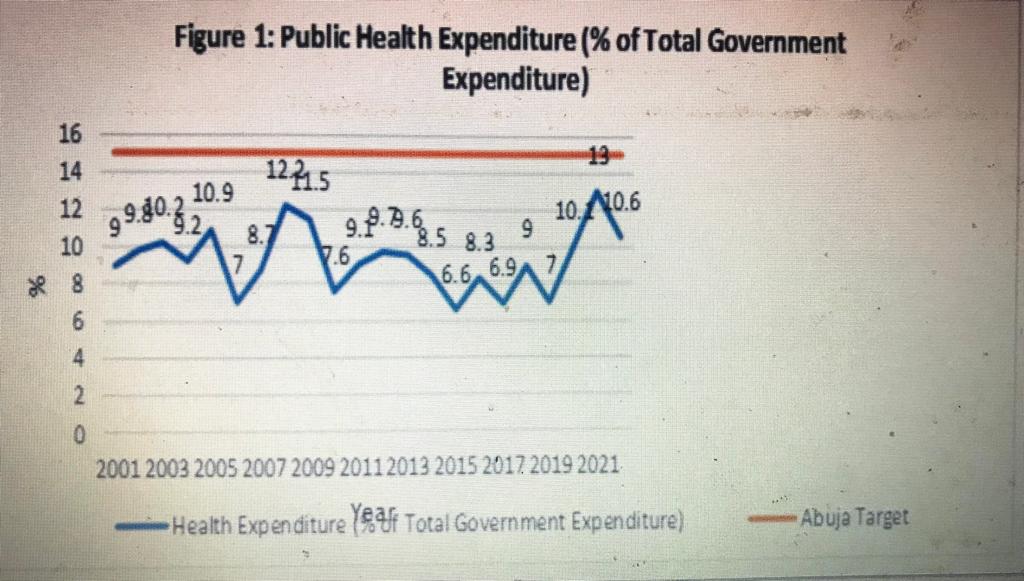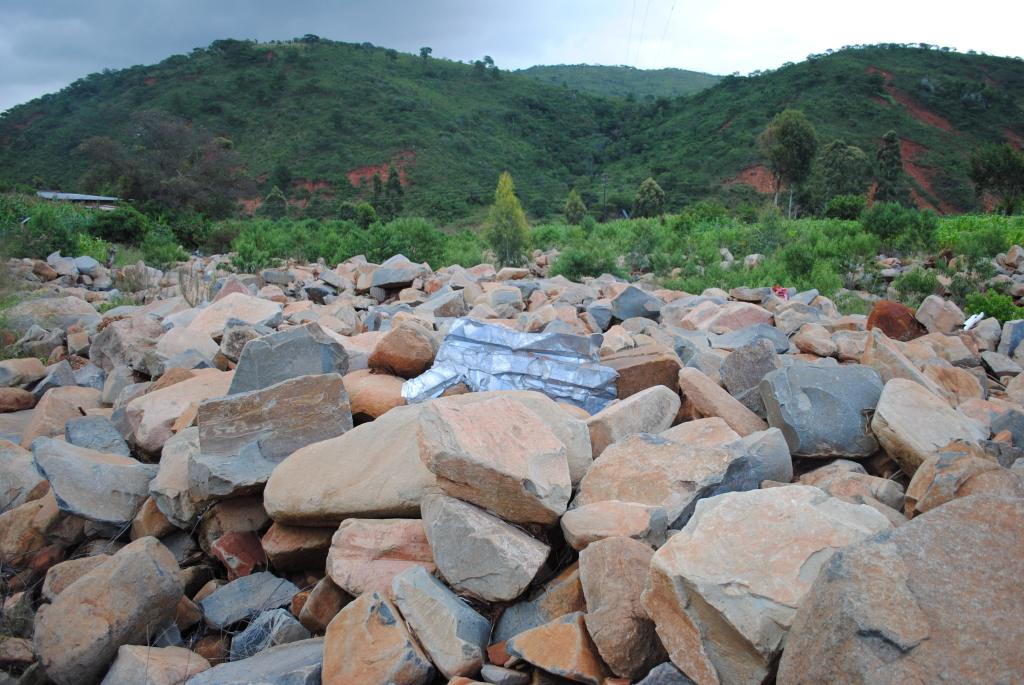By Tatenda Chitagu
President Emmerson Mnangagwa has claimed that Zimbabwe is food secure and wheat sufficient.
“In Zimbabwe, we had the problem of food insecurity and we said, how much food do we want in a year to feed our nation and the figure we got was two million tonnes of grain. So we said, because there is climate change, how many hectares of land can we put under irrigation to produce two million plus tonnes to feed the nation and we determined how much yield does a hectare have hence we knew the figures and we did that and we are now food secure.
“Secondly, we had been importing our wheat from Ukraine and fertiliser from Russia. Now that side is problematic. We thus decided to say we need about 240 000 tonnes of wheat, so how many hectares do we need under irrigation to grow wheat and we believe next season we will be able to export wheat,” Mnangagwa told state controlled daily, The Herald last week.
Mnangagwa made the claims while presenting at the Dakar II Feed Africa Summit in Senegal last week, adding the country will soon export wheat.
(Watch video courtesy of the Office of the President and Cabinet (OPC):
This is in total contradiction of data by United Nations (UN) agencies as well as government agencies.
Is Mnangagwa correct, or he was just excitable before the audiences that consisted of other African heads of states and officials from development agencies?
What government agencies are saying:
A Zimbabwe Vulnerability Assessment Committee (ZimVAC) 2022 Rural Livelihoods Assessment Report released in August last year projected that 38 percent of rural livelihoods are cereal insecure-an increase from 27 percent reported in 2021.

A graph from the ZimVac 2022 report.
ZimVAC is a consortium of Government, Development Partners, UN, NGOs, Technical Agencies and the Academia. It was established in 2002 and is led and regulated by Government. It is chaired by Food and Nutrition Council (FNC), a department in the Office of the President and Cabinet whose mandate is ‘to promote a multi-sectoral response to food insecurity and nutrition problems in a manner that ensures that every Zimbabwean is free from hunger and all forms of malnutrition.’
What aid agencies are saying:
According to the latest Food Security and Markets Monitoring report by the World Food Program (WFP), 5.2 million people were estimated to have insufficient food consumption and 8 million were estimated to be resorting to ‘crisis and above’ food-based coping in early January 2023.
Topping the meals rationing were people in Midlands, Matebeleland North, mashonaland Central, West and East.
“According to WFP’s HungerMap LIVE monitoring platform, which collects data from rural and urban households through mobile surveys on a number of indicators including food consumption patterns and coping strategies, about 5.2 million people were estimated to have insufficient food consumption during the first week of January 2023, a decrease of 10% or 600,000 people from 5.8 million reported during the last week of November 2022 and 100,000 less than 5.3 million in October.
“The number of people estimated to be resorting to ‘crisis and above’ food-based coping strategies was estimated at 8.0 million, which is an increase of about 200,000 people from the 7.8 million reported in November and 400,000 from 7.6 million in October 2022
“The increase in food insecurity levels as the country approaches the peak of the lean season which start in January is in line with the projections of the 2022 ZimVAC which shows an increase in cereal insecurity from 30% during Sept to December to 38% between January and March 2022. The biggest increase in estimated prevalence of insufficient consumption over the past three months was reported in Midlands, Matabeleland North, Mashonaland Central, West and East.
The United Nations Children’s Fund (UNICEF), In its 2023 Zimbabwe Appeal: Humanitarian Action for Children report estimates that three million Zimbabweans, including two million children, require urgent humanitarian assistance across the country this year.
The Famine Early Warning Systems Network (FEWSNET) projected an intensification of the food crisis this year.
“FEWSNET continues to project an intensification of Crisis (IPC Phase 3) outcomes between December and January 2023 mainly in typical deficit-producing areas in the south, east, west, and far north as households increasingly rely on the market for staples and other basic food commodities. Stressed (IPC Phase 2) outcomes are likely to continue in the communal areas of the surplus-producing northern districts and urban areas,” said FEWNET in the December 2022 report.
Asked about the contradictions with their reports and Mnangagwa’s claims, WFP said cereal availability maybe adequate at national level while households experience shortfalls.
“It is the peak of the lean season and the June 2022 Zimbabwe Vulnerability Assessment Committee (ZimVAC) report coordinated by the Food and Nutrition Council (FNC) estimated that 3.8 million people in rural areas – over a third of the rural population – will not have adequate cereal for consumption between January and March 2023.
“In December, WFP indicated that 5.2 million people had inadequate food consumption. WFP collects real time information on a monthly basis from a sample of both rural and urban households to estimate the number of people in Zimbabwe who do not have enough food to eat at that time.
“The national cereal production and stocks determined by Government indicate if there is enough cereal for consumption at national level. This is different from food security at household level. Cereal availability at national level could be adequate while simultaneously households experience shortfalls.
“WFP and partners have coordinated with the Government of Zimbabwe to harmonize food assistance programmes so as to complement the national Food Deficit Mitigation Strategy. WFP currently reaches some 700,000 people in eight of 60 rural districts, with the remaining 3.1 million people, supported by the Government of Zimbabwe across 52 districts. The Government of Zimbabwe draws from national cereal stocks to provide this assistance,” WFP said in a statement responding to questions from ZimTracker.
In another December 2022 report done by International Organisation for Migration (IOM) and Food and Agriculture Organisation (FAO) and WFP titled, “Impact of the Ukraine-Russia conflict on rising food prices, food security, essential needs and agricultural inputs, and migration patterns on Zimbabwe’, about 5,8 million people were food insufficient.
“The population estimated to be experiencing insufficient food consumption during the last week of November remained stable at about 5.8 million similar to those estimated during the last week of October. As the lean season progresses there are high chances that the population experiencing insufficient food consumption will increase in line with the findings of the 2022 rural ZimVAC which shows an increase in the cereal insecure population at the peak lean season that is January to March. Highest prevalence of population estimated to be experiencing insufficient food consumption continued to be reported in Matabeleland North (49 percent), Mashonaland Central (44 percent) and Matabeleland South (41 percent). These are some of the chronically food insecure province,” reads part of the report, done with support from the Sustainable Development Goals (SDG) Fund.
The report adds that food prices increased by five percent due to fuel prices and the Ukraine crisis, among other factors.
Our verdict:
While Mnangagwa was talking of grain availability at national level (national grain reserves), the situation is different on the ground. The government should therefore expedite the distribution of the food surplus at national level to people skipping meals at household level.



